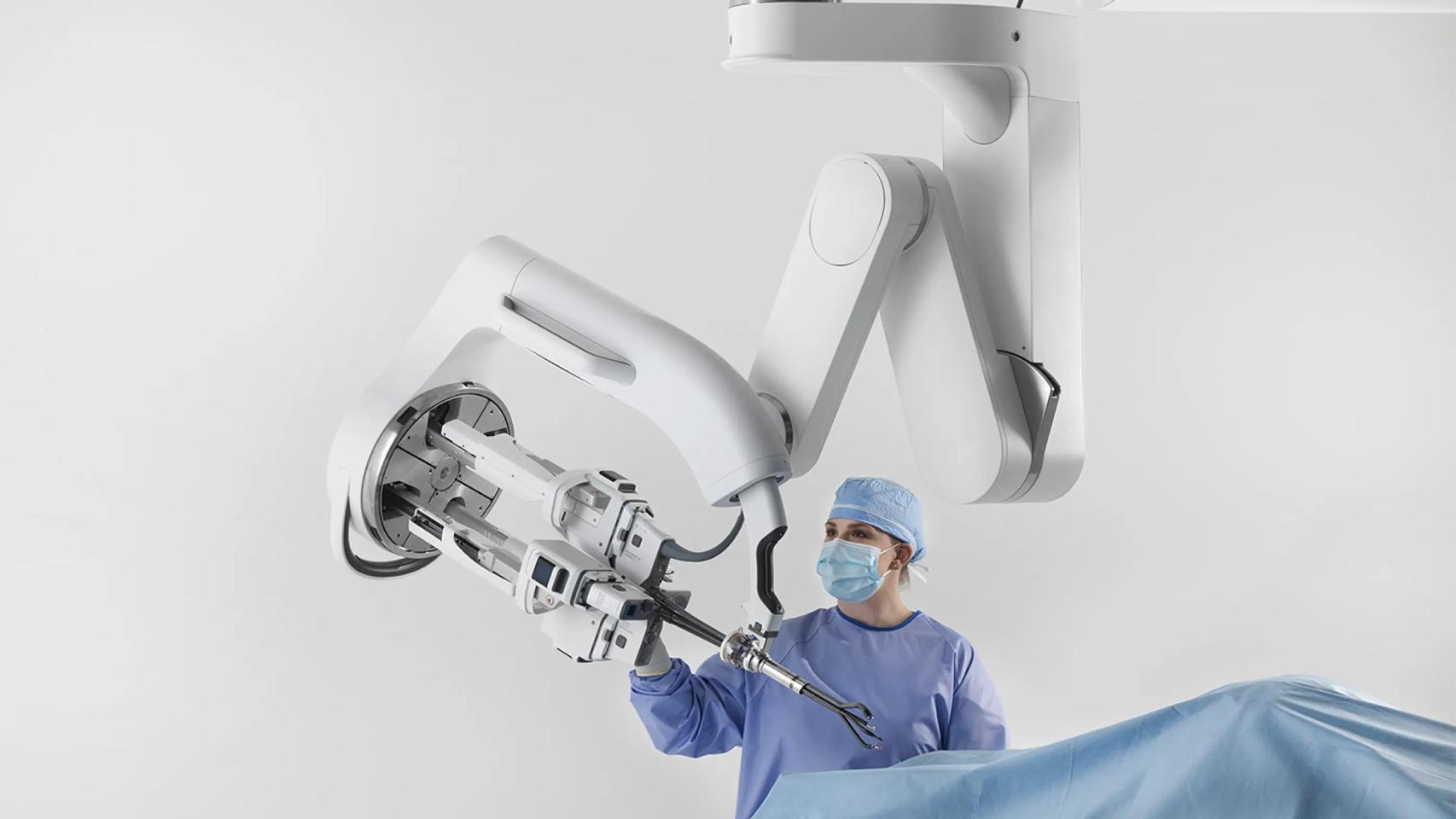Many of us are starting to feel the warmth and that holiday feeling. Travel, hotels, airports… It’s time to enjoy and relax by visiting new places. We are looking to relax and share our experiences on social media. They analyzed it all hackers and they have already prepared their particular summer operationknown as Juice Jacking.
What is the Juice Jacking technique?
Juice jacking is a way for hackers to connect to devices and get all kinds of information. Depending on the model, they can even remotely install malware to spy on our phone. juice jacking take advantage of all these public USB sticks found in airports, buses, cafes, trains and even hotel rooms.
What, for an establishment, is an ease for us, can in reality become the worst nightmare.


Newer hotels have USB ports in the wall
Just like we connect to ports USB to charge our iPhone while we are on the bus on the way home or in that modern beach hotel that has already USB integrated into the socket, hackers connect too but vice versa. They take advantage of the network to read the devices connected to it and, in the best case, install some spyware.
How to protect yourself from juice jacking if you have an iPhone, beyond not logging in
The number one method to protect yourself from Juice jacking is to not connect to these USB ports. We will always help you recommend charging your iPhone using an original charger or external battery quality. The number one reason is protection from hackers and also better care of battery health. In general, these USB ports are not that advanced
Even so, the need may still arise and, therefore, you need to use these public usb sticks. To do this, the iPhone has a protection mechanism against this type of attack.
- And one Settings > Face ID & Password
- Scroll down to the section Allow access when locked
- Here, check that Accessories This disabled. This is the main function for iPhone to only support charging when it is idle.


Additionally, if you receive a notification in which iPhone asks you if you trust the team in which you connect, click No. This way you reject data output and the USB port will be dedicated only to charging. You can rest assured, because the iPhone itself is by default prevents any data transfereven if you ignore this alert.
A third solution would be to purchase a USB cable just for charging. You will find many alternatives on the internet, and also, if you have an iPhone 15, it will be even simpler thanks to the USB-C connection. So in summary: First, we recommend using your own charger and not public USB outlets, then pay attention to iPhone’s warnings about third-party connections.
Picture | Freepik
In Applesfera | I was tired of worrying about my iPhone at the beach until I found this accessory
In Applesfera | Police warn of three most dangerous WhatsApp scams. Here’s how you can protect your iPhone and your money









